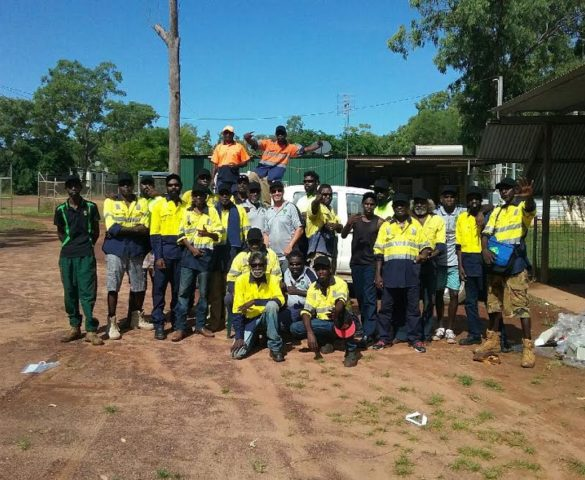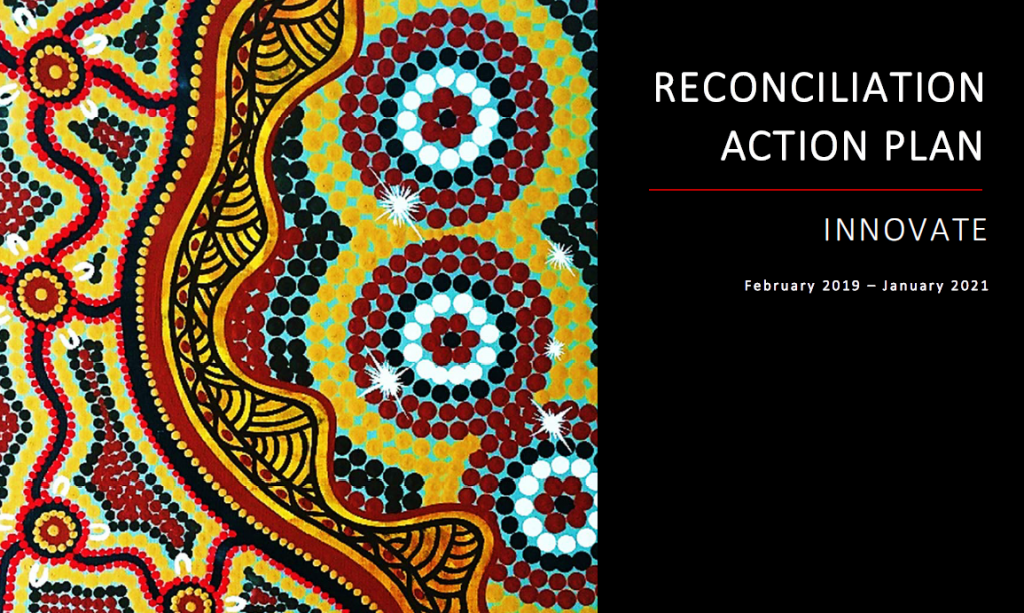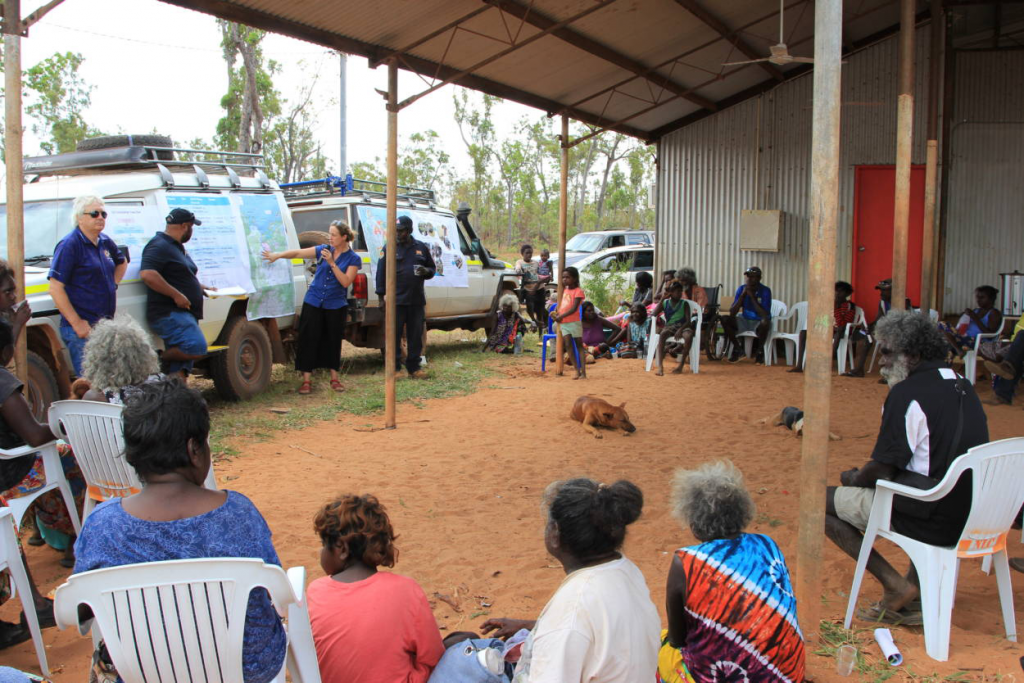This isn’t a new concept at all; the wider business community, especially in Western Australia where the native title system lends itself to true commercial partnerships has been looking to traditional owner groups for some time now to not only increase business opportunities across their footprint, but as a mechanism to provide socioeconomic improvement; unlocking opportunities out of the native title process.
On the surface, this seems to make good business sense……partnering with a TO group often results in market leverage, providing you and your business access to boardroom tables often only reserved for big business. However, if not done correctly and with the right moral fortitude, it can be devastating to not only business operations but your own personal brand.
As a non-Indigenous Tiwi man from Bathurst Island, I have had the pleasure in witnessing many successful partnerships with TO groups. Real partnerships that have a mutual and shared benefit for all key stakeholders involved which have long term and on-going successes both financially and socially; often turning around whole communities, breaking ‘generational welfare dependency’ whilst leading the way in ‘closing the gap’.
However; unfortunately, I have also seen the less than desirable partnerships or Joint Ventures, those that narrow in on short-term financial gain, acting only to benefit one partner or the other; leaving a trail of economic destruction in their path. These partnerships are often born out of a single opportunity, that once won provide little benefit to those that it was intended to?
The Introduction from both Australian and State Governments of Indigenous procurement targets or policies has certainly changed this landscape somewhat and as a collective Industry, indicators are being ‘smashed out of the park’; however, if we draw analysis against ‘closing the gap’ data, we can clearly see that we are still struggling as a nation to improve on key benchmarks?
The above initiative has clearly worked for Indigenous businesses owners across the sector, developing opportunities within various supply chains that otherwise would have not had entry into the market; however, I feel that there are still real and long-lasting partnerships yet to be developed that bring benefits back to a ‘grass-roots’ level; acting as a true catalyst for socioeconomic, employment and generational change?
For any change to take effect, you need a long-term strategy; one that often gets forgotten about in the race for financial success. Breaking the cycle of generational welfare dependency through employment from the ground up, is one that I have been passionate about for the majority of my life; including strategies that focus on the long-game instead of short-term successes.
For long-term employment and for that matter, project success any business or partnership requires time to develop operational strategies such as workforce development and training whilst embedding cultural change; in turn building the foundations necessary for prosperity and inter-generational change.
In my experience, the above change only occurs across a work-group long after a project has commenced, often failing those individuals that take the leap of faith to be a part of the project in the first place; whilst workforce development strategies that are holistically reversed engineered prior to the commencement of any project and with the individual in mind have the highest chance of success and therefore reward.
One such area that requires exceptional business focus and dedication, across any partnership is the development, training and investment in, a long-term workforce; one which if done strategically can be, not only a valuable resource but a legacy for social change.
Bridging the gap between the commercial viability of any business partnership with the intended drive for social change is certainly a challenge; however, if done correctly all parties involved can prosper whilst providing a conduit for employment and workforce development, socioeconomic growth and real change.





